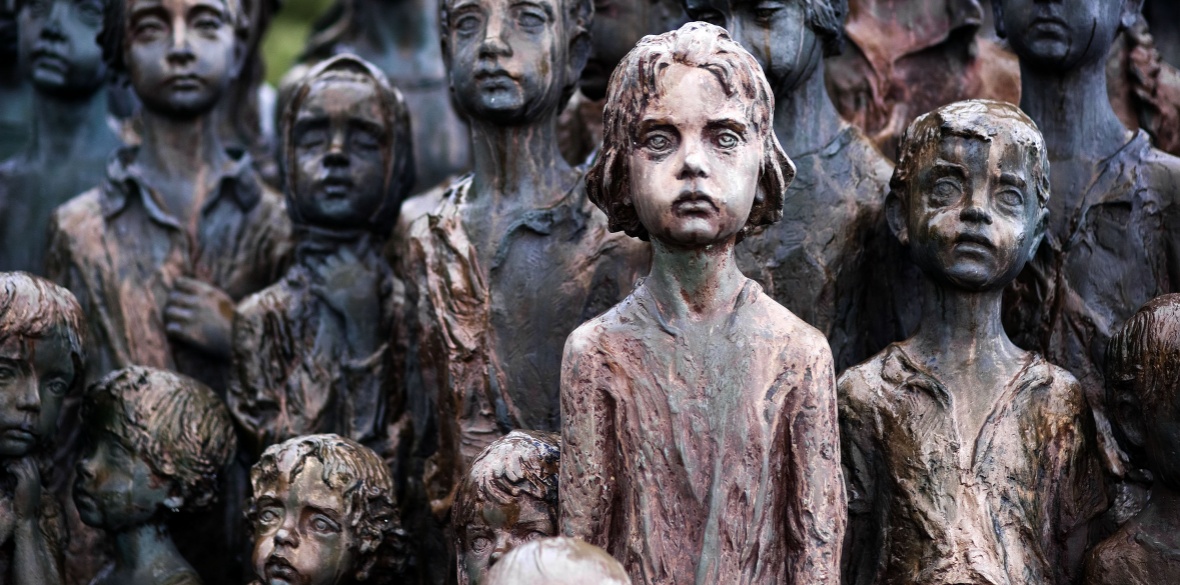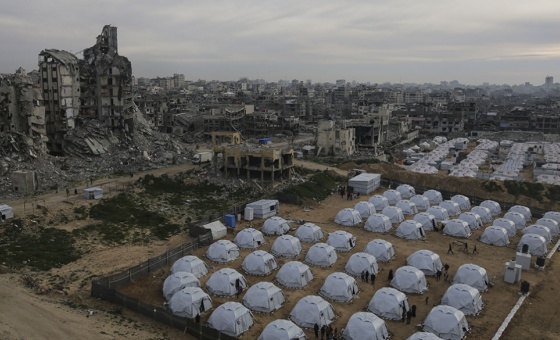This is the last article you can read this month
You can read more article this month
You can read more articles this month
Sorry your limit is up for this month
Reset on:
Please help support the Morning Star by subscribing here
ON JUNE 10, 1942 nazi police units murdered 173 adult men and 52 women in the hamlet of Lidice.
It was a barbaric reprisal for the execution by British-trained Czech commandos of Reinhard Heydrich, SS supremo for the Protectorate of Bohemia and Moravia.
The choice of victims wasn’t random. The Gestapo mistakenly believed that there was a connection between one of Heydrich’s executioners and a family in Lidice whose son was serving in the Czechoslovak army in Britain.
Of those not murdered on that day, 184 women were taken to the concentration camp in Ravensbruck, while some children were handed over to SS families. The remaining 82 were transported to a concentration camp in Chelmno in occupied Poland and were gassed in mobile vans.
Having murdered its inhabitants, the nazis razed the village to the ground including the church and even bulldozed the cemetery. Lidice was no more and only 153 women and 17 children returned there after the war.
The bronze Memorial to the Children Victims of the War was designed by Marie Uchytilova and completed in 2000 — after 30 years of planning and her death in 1989 — by her husband Jiri Hampel.
Uchytilova planned a memorial which would not only commemorate the murdered children of Lidice but symbolise the 13 million child victims of WWII.
The sculpture is based on an “end of school year group photo” but there the resemblance with a two-dimensional image ends and much subtle detail is revealed when circling it. It is an eloquent testimony to Uchytilova’s exquisite talent and understanding of the three-dimensionality of the medium.
She talked to the surviving mothers, formed an idea of the personalities of the individual children and studied photographs but deliberately avoided portraiture or cliched sentimentality.
Each face has a different dramatic complexion — from dread, to resignation and from defiance to the perplexity of the innocent.
Within the group, there are those who appear to reassure the younger ones, and a sense of togetherness emanates in the face of impending dread.There is coarseness in the realistic rendering and all the textures, as if it were an urgent annotation before all memory fades.
Group sculptures are rare because of the impossible compositional challenges but Uchytilova, against all odds, succeeded magnificently in leaving to the world this highly distressing and soul-searching reminder of what war does to us all.










